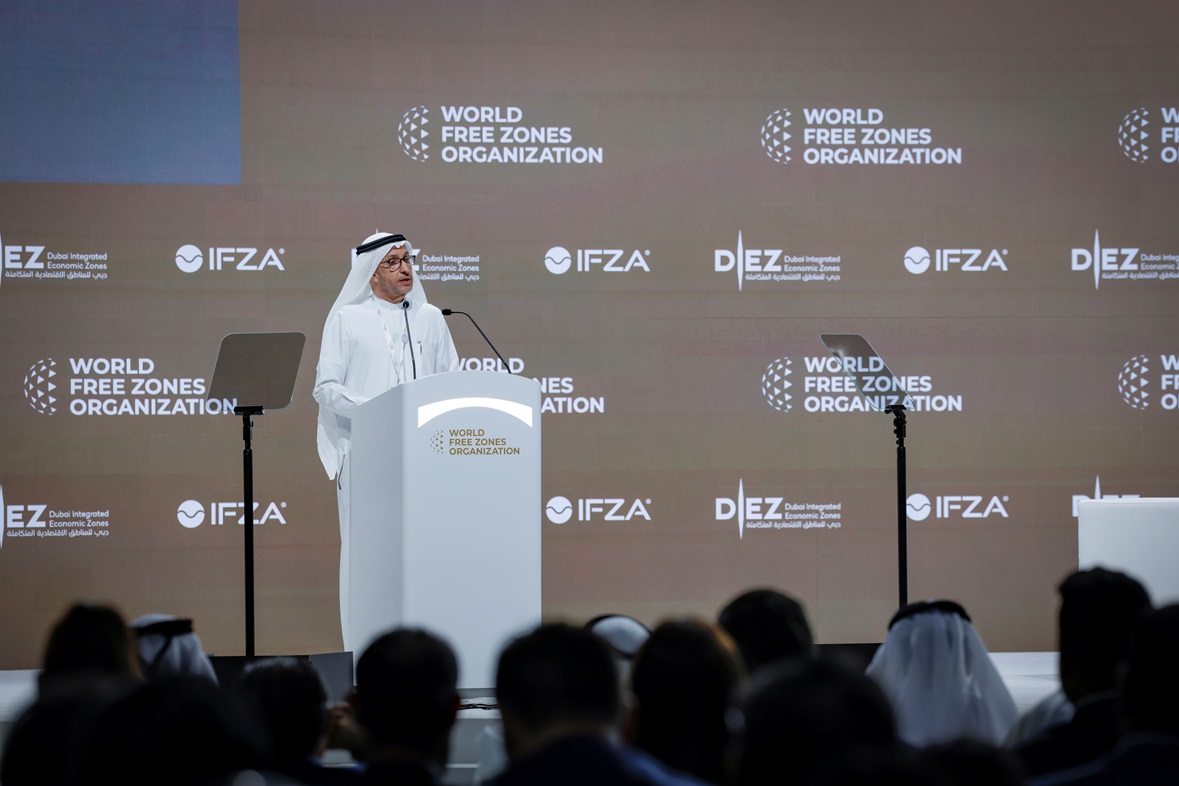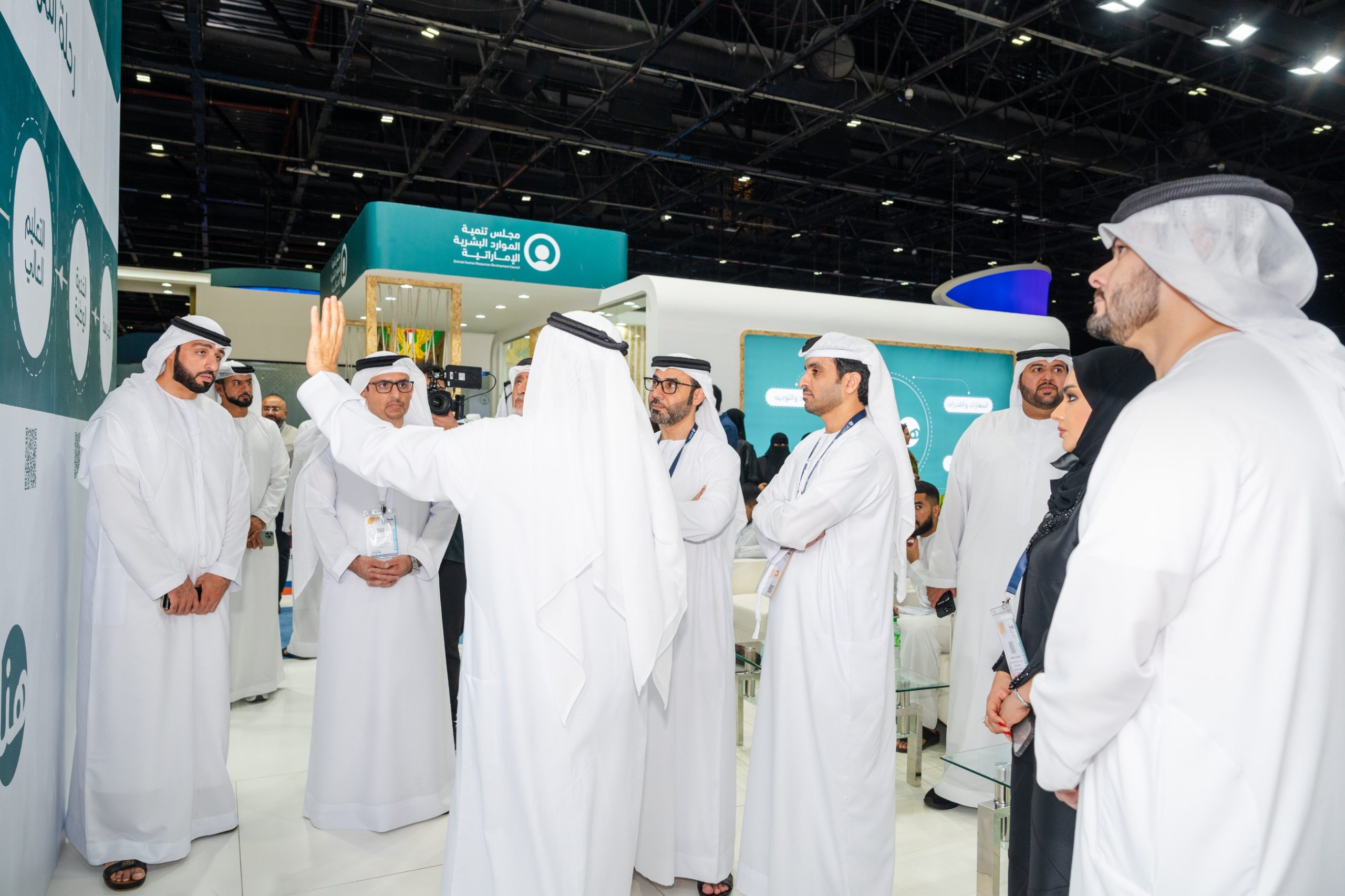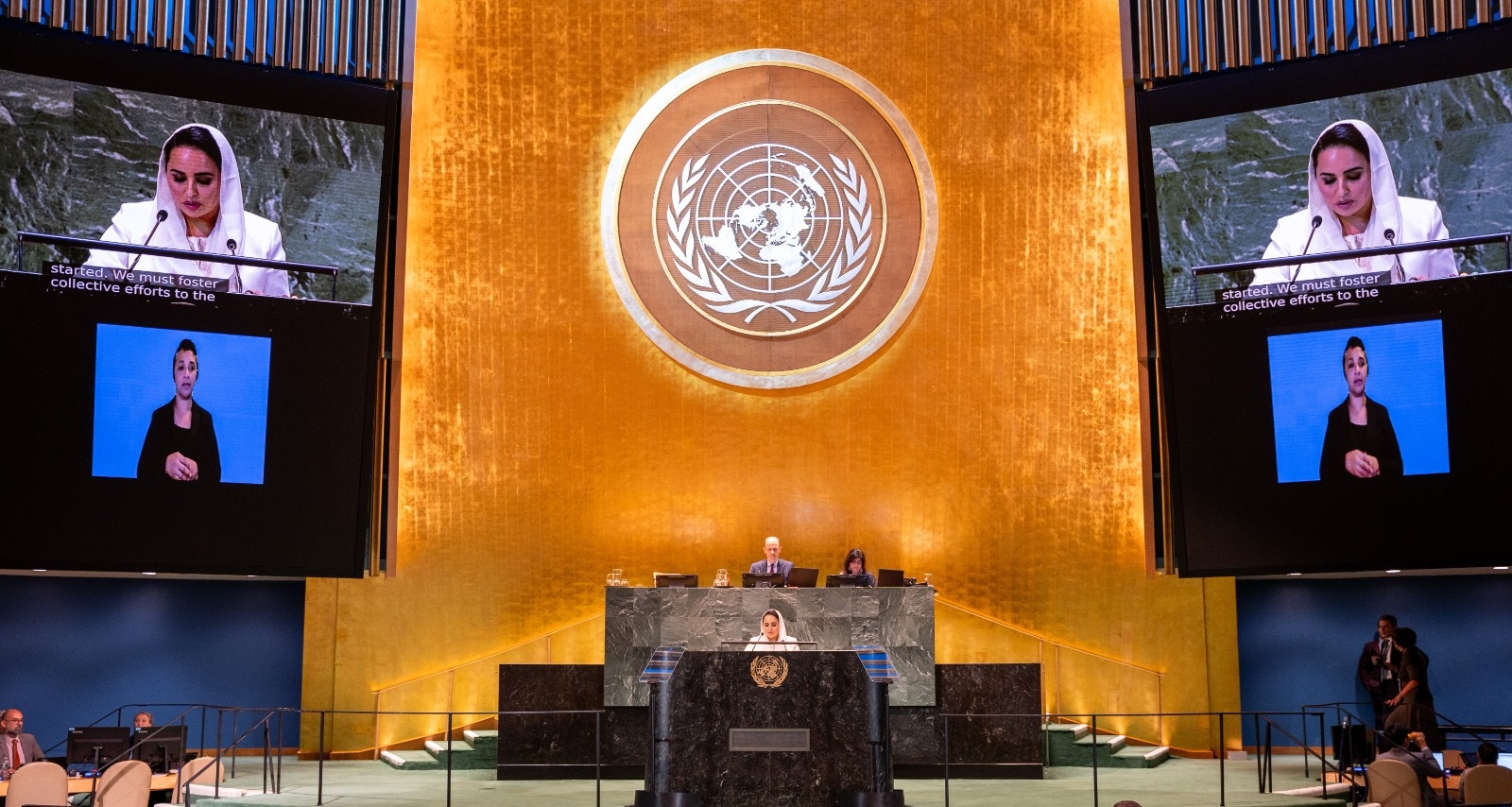SHARJAH, 18th June, 2023 (WAM) — Embarking on an extraordinary journey across time and place, the Sharjah Pavilion at the 65th Seoul International Book Fair beckoned visitors with a captivating tapestry of historical maps and rare books.
Within it, a portal unfolded, transporting eager explorers to the interconnected realms of diverse civilisations, their cultural, scientific, and artistic threads interwoven with remarkable finesse.
These treasures, meticulously showcased as part of the Sharjah Guest of Honour programme at the international event, unveiled narratives steeped in history, geography, religion, literature, and philosophy from the Arab and Islamic world.
Furthermore, they gracefully revealed the profound cultural influences and vibrant exchanges with the Asian continent, especially Korea.
The initiative aims to enrich knowledge and appreciation of human heritage, promote communication and dialogue between peoples and cultures, and highlight the bright and common aspects of Arab and Korean civilisations.
Among the rare books showcased by the House of Wisdom, the illustrious 'Islamic Bucheinbände (Buch Kunst des Orients)' by the esteemed German orientalist Friedrich Sarre took centre stage. Renowned for his unparalleled studies of Islamic art, Sarre's masterpiece revealed captivating depictions of handcrafted adornments, showcasing a fascinating tapestry of cultural exchange between the Islamic world and Korea.
Within its pages, one witnesses the profound influence of the Korean craft 'Najeonchilgi' — which is the combination of two words, ‘najeon' (mother-of-pearl) and 'chilgi' which refers to lacquerware — intricately gracing covers and boxes, embellishing them with mesmerising geometric patterns and botanical motifs.
Furthermore, the captivating work 'L'art Arabe' by French orientalist Prisse d'Avennes presents arabesque designs that exemplify the exquisite beauty of Islamic art, with their interlocking and harmonious patterns serving as a wellspring of inspiration for Korean artisans, influencing realms as diverse as jewellery, ceramics, and iron industries.
As visitors meandered through the corridors of the Sharjah Pavilion, they were irresistibly drawn to a captivating collection of rare maps, meticulously curated by the Dr. Sultan Al Qasimi Centre, unveiling the captivating Arab and Middle-Eastern history; these cartographic marvels offered an exquisite window into bygone eras.
Among them is a miniature copy of Ptolemy's world map, dating back to 1547, revealing detailed geographical insights.
Equally captivating was a 1680 map of the Ottoman Empire by Frederick de Wit. Moreover, a map of Asia shed light on the name Zara (Sharjah), known to English sailors in 1752, capturing the imaginations of those fortunate enough to witness these historical marvels firsthand. In awe of their beauty and remarkable accuracy, one elderly visitor was captivated, pausing to admire the meticulous maps' details and taking pictures of these timeless gems.

 World3 years ago
World3 years ago
 World3 years ago
World3 years ago
 Business1 year ago
Business1 year ago
 Entertainment7 years ago
Entertainment7 years ago
 World7 years ago
World7 years ago
 Entertainment7 years ago
Entertainment7 years ago





